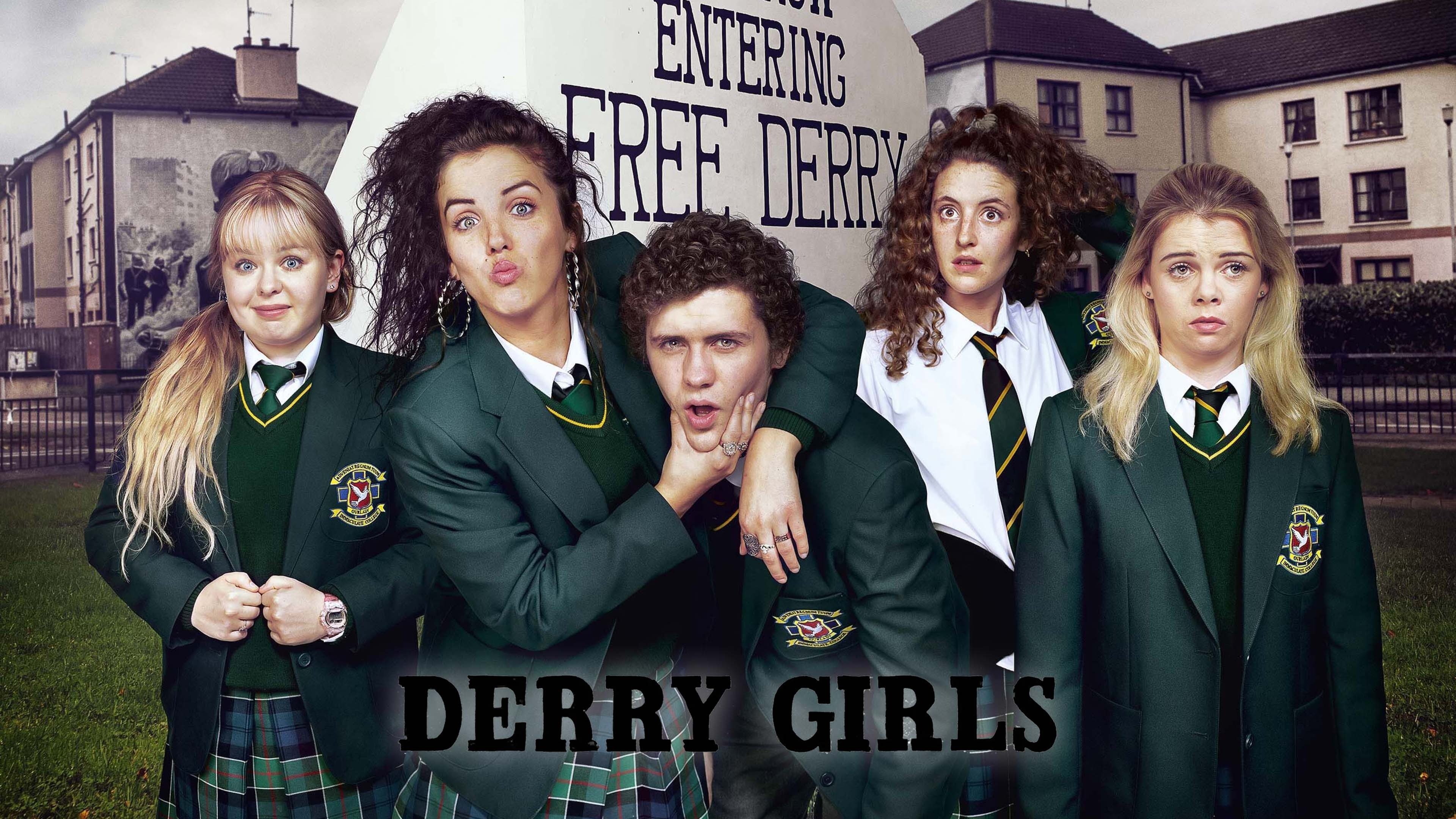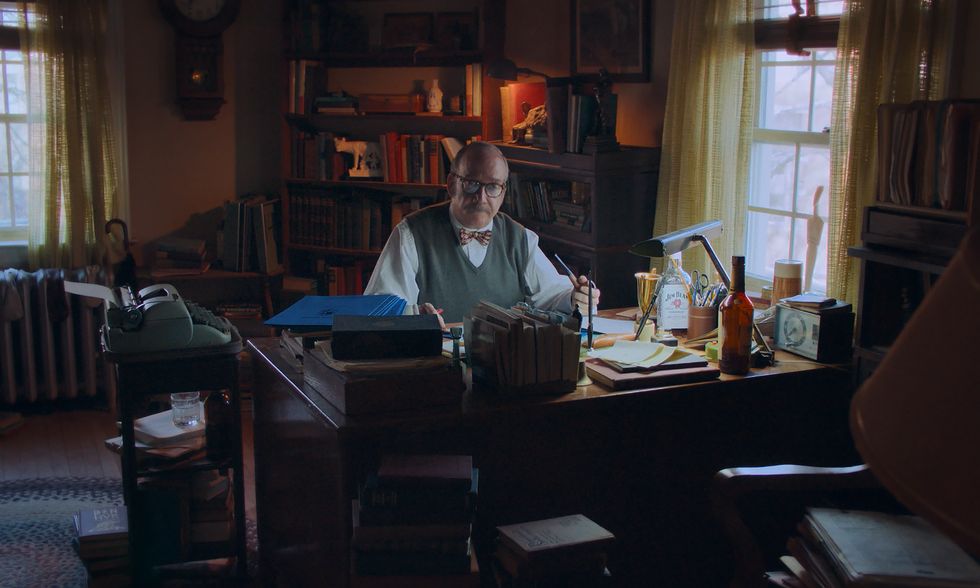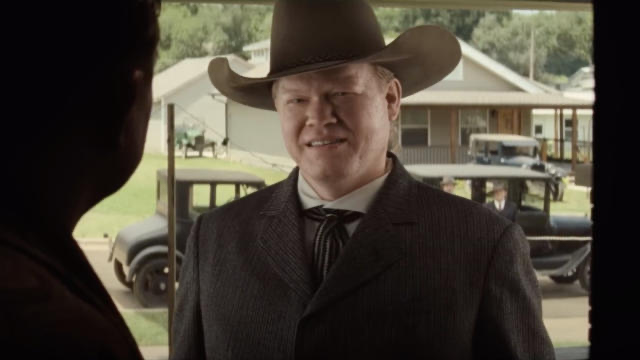
with Emma Stone, Mark Ruffalo, William Dafoe, Ramy Youssef.
A girl named Bella is living with a man she refers to as God. God is a scientist who found Bella washed up on the shore with other dead things, and decided to perform an experiment on her, replacing Bella’s brain with the brain of a living infant. As a result of the infant’s immaturity, Bella matures the way a baby would, in fits and starts, taking uncertain steps, expressing herself with no self control, acting out, screaming, throwing things around. God, played by Willem Dafoe, decides to hire Max (Youssef), a medical student, as his assistant to monitor Bella’s progress, to keep data on her every day. As Bella grows up, even though she started with the body of a mature woman, she begins to enjoy herself especially in a sexual way.
This leads to men learning to enjoy her as well. As Bella breaks free of God’s extremely confining quarters, and is taken away by a caddish lover, Duncan (Ruffalo), to Lisbon, she learns not only how to behave more politely, but how to think. She develops a conscience and feels pity for the poor. She reads Emerson. When the money she thinks she is giving to charity is all gone, she earns her living as a prostitute and joins a socialist movement.
Eventually she returns to God when he really needs her more than she needs him. The full circle of her life has twists and turns, but is centered on God (I just learned by reading about the author of the novel on which the film is based that God is short for Godwin, not a term of homage to a superior creature).
Emma Stone must act first as a know nothing baby, eventually becoming a full scale adult capable of managing her own life, her own sexuality, escaping the control of men. Her development from all id to superego must have been fun to perform. The screenplay, based on a fantastic novel, which has as its inspiration Frankenstein, asks if it is possible to create a human from another human, transplanting another person’s brain, combining elements of scientific and emotional knowledge.
The costuming is extreme. Bella is made to wear giant puffy sleeves, or mini skirts (this during the Victorian era). The sets and costumes and make up let you know that this is science fiction, not historical drama. Photography often centers from a fish eye lens, forcing the audience to see things up close, and in a distorted way with the sides curved. It exaggerates the imaginary lives we are watching.
I wondered about certain things that did not add up, even though the whole premise was fantasy. Why does Bella explain that the reason Victoria killed herself was that the baby was a monster. If she was reincarnated from Victoria with the baby’s brain, how could she have known what Victoria was thinking if she was no longer Victoria?
There were also some holes in the plot. Where did Max, Bella’s betrothed, find Duncan, after the excursion on the boat was aborted? Was he in an insane asylum?
Nineteenth century philosophy asked questions about the meaning of being human, what responsibility humans have for other humans. How these questions relate to Bella’s development makes the movie have a philosophical layer. The feminist viewpoint makes perfect sense, and has a victory lap at the end.




































